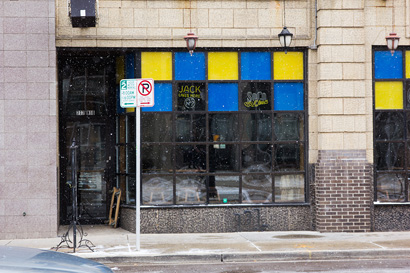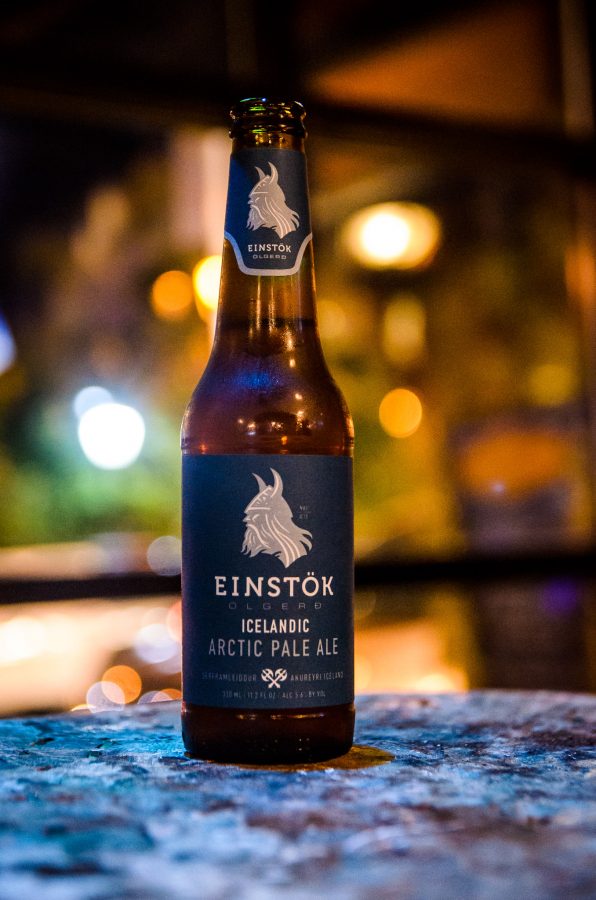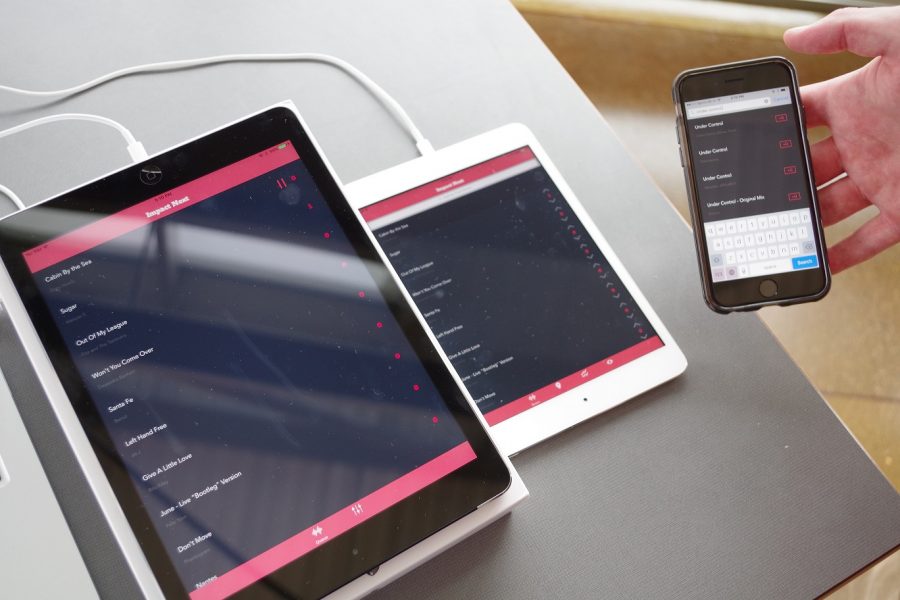
A Marquette alumnus is redesigning an app that will allow users to upvote and downvote songs played in bars.
Ryan Daulton graduated from Marquette’s College of Business Administration last year and is leading the development of the software behind the app. The app allows users to increase votes on songs they want to hear played and downvote songs they dislike. An early version of the app had a test-run at Caffrey’s Pub last May.
The app is now called “Queue’d,” a change from its former name “QMusic,” because of legal issues. Daulton said the first version of the app also had a variety of technical problems, requiring him to spend the last 10 months redesigning the app from scratch.
“The biggest problem was I needed to build an entirely new server for it,” he said. “The server I had it on was just too small, and it wouldn’t handle enough traffic to be successful … I thought it would be better to make a whole new design that was more user-friendly.”
Sam Wood also graduated from Marquette’s College of Business Administration last year. Wood leads the marketing and sales for the app, and reaches out to pubs and bars. He said the selling point is the ability to create an interactive experience for customers.
“One of the things we noticed with the test run is that people really like hearing the songs that they requested,” Wood said. “A couple tables stayed longer to hear their song get to the top of the leaderboard. Hopefully, this app will be a way for patrons to stay in the restaurant longer.”
The test night also allowed the team to hear feedback from Caffrey’s customers, which Daulton took into account when designing the new app.
“A lot of the feedback we got was things like people didn’t like the fact that it updated the screen so quickly after someone voted on the song; it made things more confusing,” he said. “We slowed it down a bit and gave people a little more control over how the screen looks and how it updates.”
Queue’d will have another test night at Caffrey’s over the summer. Daulton said if the test night goes well, the app could expand to other locations, including Murphy’s Irish Pub.
“We already have a good relationship with Caffrey’s,” Daulton said. “From there, if it goes well at Caffrey’s, the management said they’d like to put it into Murphy’s too. It’ll start at Caffrey’s and hopefully grow from there.”
The team described the first version of the app as a “Yik Yak for songs.” Daulton said as a result of the redesign, he would compare it more to a Reddit for music. The math used in the new version of the app puts weight into votes. If a song is down-voted by a large percentage of voters, the app more quickly removes the song from potentially being played.
“Reddit has a bit more of an algorithmic nature to it where it’s not only popularity, but it’s also good content,” he said. “There’s a little more complexity than a straight voting system.”
The newest version of the app also includes a redesigned interface and new search features. While the previous version only allowed users to vote through Spotify, the app now includes Google Play Music and a guest mode with no required login. The new search allows users to search by song, artist and playlist instead of only by song.
Queue’d works through communication between a host device, owned by the bar and voting devices used by customers. The highest-ranked songs play through the host device, which can be plugged into a speaker system
“All the magic happens at the host device,” Daulton said. “ The whole system is cloud based, it doesn’t require any hardware. All the bar needs is a device that connects to the internet.”
Monica Adya, an associate professor in the College of Business, has advised Daulton on the project since its beginning. She said the most exciting aspect of the app is its use of peer-to-peer technology. This technology is used in the app to allow the devices to communicate between each other.
“We are just at the beginning of the sort of applications we can do with peer-to-peer technology,” Adya said. “For me, this was exciting me because it was an excellent demonstration of how peer-to-peer technology could be used in a large setting.”






